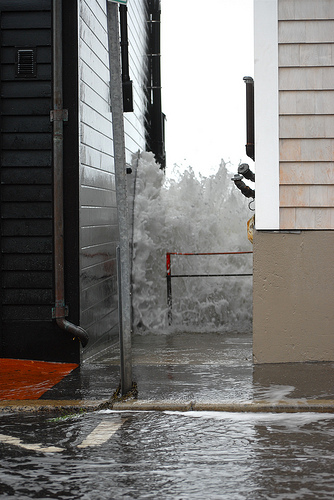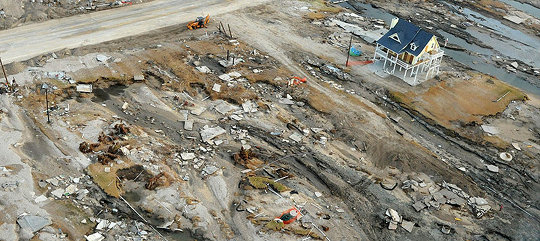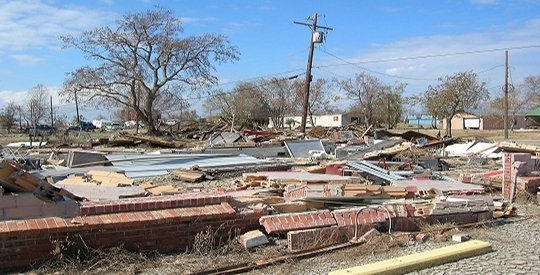
Photo courtesy Brian Birke
Fortunately when Sandy hit landfall winds were down to 80 miles per hour and she was no longer a full hurricane.
But with a death toll that has already reached 88, estimated economic losses exceeding $50 billion, and over 3 million people still without power, her impact was still massive.
At times like this we are especially proud to be part of an industry that exists to help people rebuild. Much of the damage in this case has been due to flooding, which is not covered by homeowners insurance. But estimates are that up to $20 billion of the losses will be covered by insurance. As agents, carriers, and adjusters work with customers all over the affected areas, the public will once again have the chance to see our industry come through for those in need.
While we would never compare our experience to the devastation suffered by many on the coast, over 1,000 miles away we were directly impacted by Sandy, and we learned some lessons the hard way as a result.
Make Sure You (Really) Have a Backup
This sounds so silly, and we thought we had it covered. Our systems are located in two data centers hundreds of miles apart and in the middle of the country in areas not susceptible to natural disasters. The two locations are on different power grids, with multiple connections to the internet and backup power.
But we outsource our email. Our email provider also has two data centers. But they’re only 100 miles apart. And they’re both on the coast – in New York City and New Jersey. As a result – and because of one more important lesson they hadn’t learned yet – for almost two full days we found ourselves without email.
Make Sure You (Really) Have a Contingency Plan
In addition to email being down for almost two days we had another internal service we use go down for a few hours. Their experience was enlightening, to say the least.
Their data center was on the 17th floor in a building in downtown Manhattan. So far so good. It had huge backup generators to provide power in case the electricity went out – which it did. Generators require fuel, though. So they had big tanks of diesel fuel in the basement. Still fine.
But the pumps that pumped the diesel fuel from the basement to the 17th floor were also in the basement. Below sea level. Just a few blocks from the Atlantic Ocean. The basement flooded almost immediately, rendering the pumps (and therefore the generators) completely useless.
In order to restore power they literally had to form a bucket brigade and carry diesel fuel up 17 floors a few gallons at a time.
Our email provider had a similar issue at both their data centers. It’s mind boggling that no one had thought to consider the impact of flooding – only of a power outage.
So What Now?
We are:
- Reviewing contingency and backup plans with each of our vendors.
- Ensuring that their (and our) backup plans consider multiple failures for different or multiple concurrent causes.
- Switching to vendors with better contingency plans.
Our thoughts and prayers are with those struggling to rebuild. If you would like to help personally, we recommend that you text the word REDCROSS to 90999 to donate $10 to American Red Cross Disaster Relief. The Red Cross has an amazing history of helping people in situations exactly like this.

